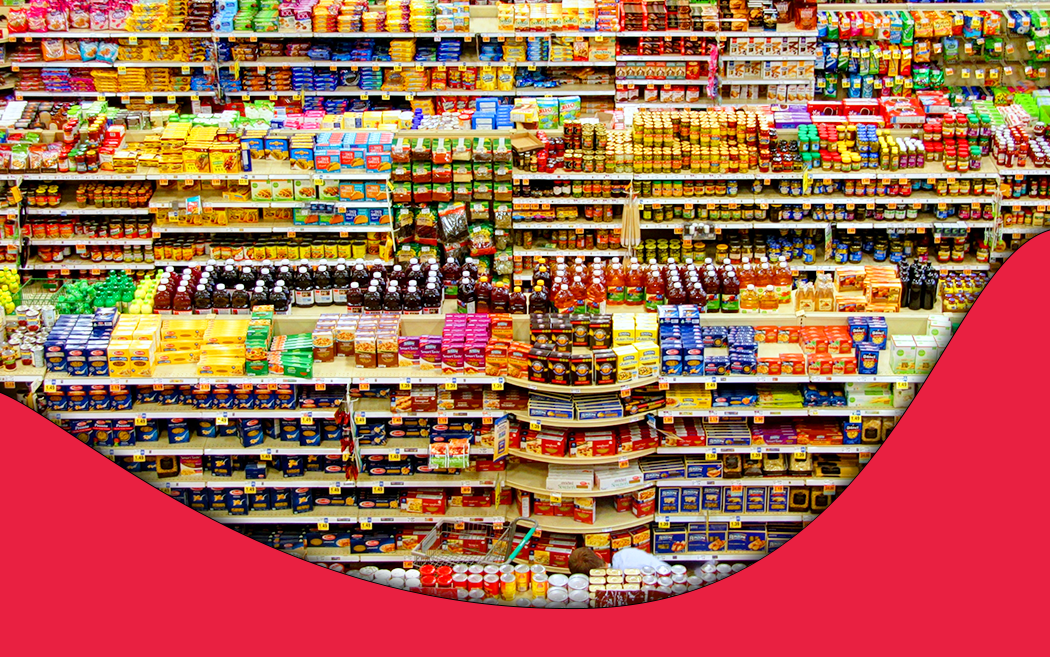What You Should Know About Grocery Buyers

For emerging food & beverage brands, getting your product on shelves is a landmark achievement. However, getting there is rarely a walk in the park. After spending countless hours perfecting your product’s formulation, creating eye-catching packaging, and conducting extensive market research – on top of everything else that goes into creating a brand – it’s ultimately up to Grocery Buyers to select your product to sell in stores. But no matter how great your product is, it still may not even be selected (or even considered). So, what exactly does a Grocery Buyer think about when deciding what brands to stock their shelves with? And what can you, as a food & beverage brand, do to get your product on shelf?
Quotas to Meet
Grocery Buyers must consider many different factors when selecting what products they should purchase. Recently, on our podcast Beyond the Shelf we spoke former Grocery Buyer Alli Ball about what it takes for a brand to get on shelves. She stated that for the most part, buyers do not care if your products taste goods. It is already assumed that it does. What they really care about is meeting their quotas for each category they purchase for. For each category, they must consider how much variety they carry, and what their customers are actually purchasing.
Ultimately, their main goal is to meet their customer’s expectations. Buyers need to react to current consumer trends, while still offering a variety of products and staple items. They want their shelves to be stocked with products that their customers are already interested in, as well as a smaller selection of niche innovation products that may spark their interests.
How to Get on Shelves
As Alli explained in our interview, buyers often work on a strict schedule. Each year they plan out when they will take the time to reconsider each individual category they purchase for. For example, a buyer may only look into their kombucha category during the month of April. So, if you are pitching a kombucha product you may have less luck in May than you would say in January. Every buyer, and company, will have a different process – and no two schedules will be alike. This begs the questions, when should you pitch your product? In short, this answer varies.
The most important thing to consider when pitching a product is to fully understand what it is you are offering. Understanding the seasonality, popularity, and consumer interest in the category of your product is vital. Also, get to know your buyers. Create strong bonds with them through online networking, or through in-person conferences/expos. Get to know their needs, who their customers are, and cater your pitch to reflect that.
There is no quick way to get your product on shelves. It takes quite a bit of trial and error. Having a vast knowledge of the market is key in catching any Grocery Buyer’s attention. Alli Ball is now a food business consultant who specializes in helping emerging brands get into retail. She offers an online course called Retail Ready, where she coaches brands through the entire process. Learn more about the program here.
To stay up-to-date on trends within the food & beverage industry, please follow us on social media: Facebook, Twitter, Instagram, and LinkedIn.
